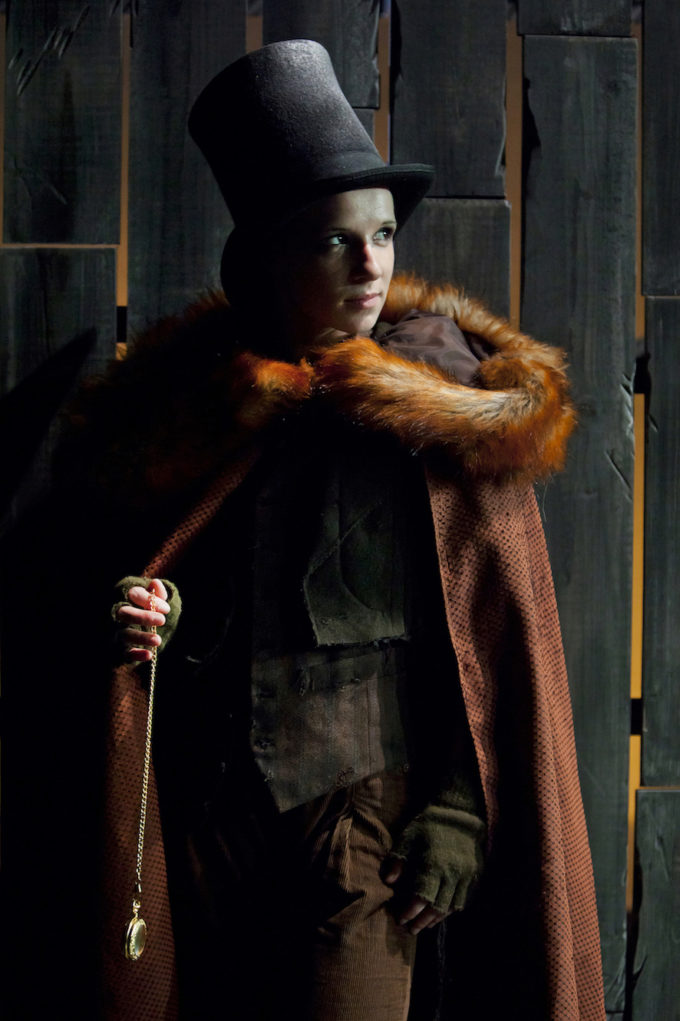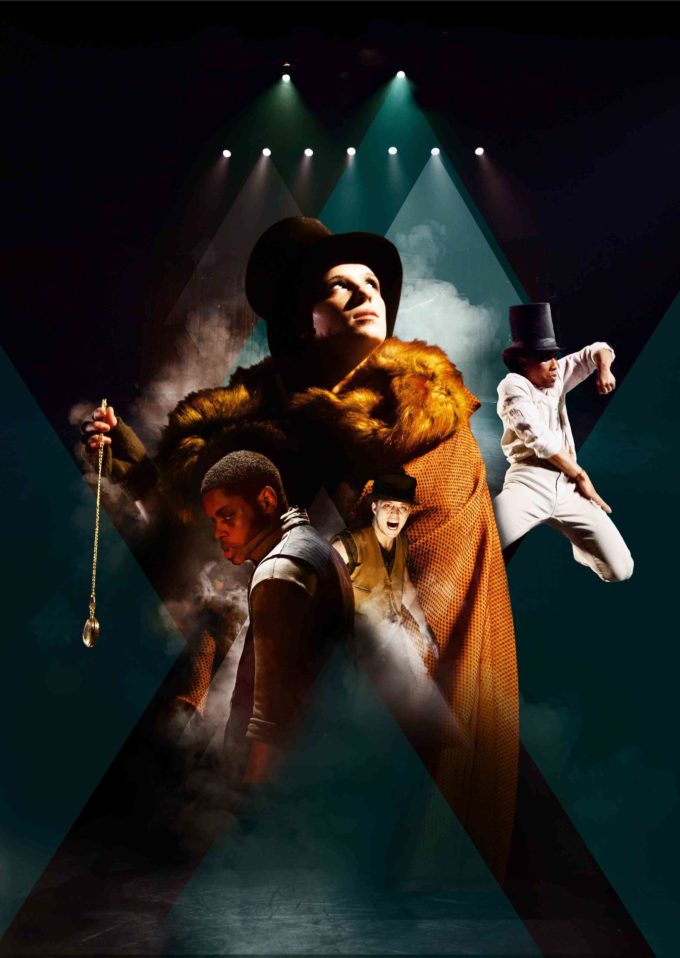


Attenborough Centre for the Creative Arts and South East Dance presents Tony Adigun’s Avant Garde Dance: Fagin’s Twist this Christmas. We spoke to Tony to learn more about the show which takes place with us from the 14-16 of December.
When Tony set up Avant Garde Dance in 2001, what was his ethos / vision? What kind of company did he want it to be?
The company’s ethos is “Innovate, Never Replicate.” I wanted to challenge whatever the norm might be. The company brings together a group of like-minded dancers to explore unusual, abstract and artistic ideas.
I love strong image, and the artistry of bringing together different elements to achieve this - costume, music, movement, voice, lighting, set. And I have always been interested in blending different movement and musical vocabularies and influences.
I want our audiences to feel something. I’m not necessarily about the clear narrative, I’m more about the emotional narrative. I say to my dancers: your job is to evoke an emotion from the audience, whatever that may be. The worst thing is for someone to be at a show for an hour and not feel anything. I’ve made a piece, but that doesn’t mean mine is the only way it can be interpreted. Everyone’s different interpretation and what people get from it are as valuable and as important to me as my original reason for it.
Fagin is one of Charles Dickens’ most interesting characters, often painted in a bad light but with a good heart. Exploring his younger years, and what made him the man he is, is a fascinating idea - what prompted you to do it?
When I first started creating this work and had finally settled on the story of Oliver Twist, I thought about the different characters in the book and how it would be good to re-imagine some of them. We started off with the idea of re-telling the original story of Oliver Twist but in the end, we agreed that it wasn’t the direction we wanted to take – Oliver’s character was too simple, he was too nice and everything just fell into place for him. It seemed too easy.
Oliver, Fagin, Bill, Nancy and the Artful Dodger are the most prominent characters in the story so we delved deeper into their individual characteristics and examined the relationships between them. We created backstories for each of them if they didn’t already exist so that the dancers, playing these dynamic people, could be engrossed by them and really embody the roles.
Fagin was the last person we looked at. I’m a believer in the underdog and I was very interested in his personality, the one that everyone knows from either having read the book or seen the movie or the musical. I wanted to take his journey before he got to the point where he’s most recognisable and look at his past, at his childhood and see what parallels I could make between him and Oliver.
How would you describe Fagin’s Twist?
I have always been excited by the idea of retelling a popular tale. I wanted to add a mischievous twist that would play with, and challenge audiences’ perspectives of a much loved classic.
It’s a show that you can enjoy with or without any previous knowledge of the original story. The relationships between the characters are really strong – Oliver and Bill; Bill and Nancy; Nancy and Fagin; Fagin and Dodger; Dodger and Oliver. I want the audience to sit up and take note of what’s happening but there are also moments that are just light and fun, that people can just sit back and enjoy. The movement style for each character is very distinct.
Text is a really important element of the show. I previously worked with Maxwell Golden, who is the writer on Fagin’s Twist, on Romeo and Juliet and I really liked his style of writing. I make dance pieces all the time and I’ve used text a few times before but I really wanted to push it this time, as it’s such a big production. It brings another layer and I enjoy the complexity and the simplicity that text can bring to a moment. It’s a third element which helps to infuse what’s going on and explain what’s happening.
The eclectic score for the show is made up of music meticulously selected by myself, with sound design by Brian Hargreaves. It includes original compositions by Benji Bower and Seymour Milton and tracks by underground artists including Mika Vainio and Tisme.